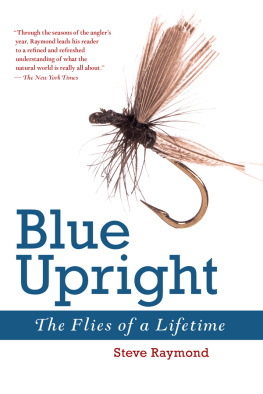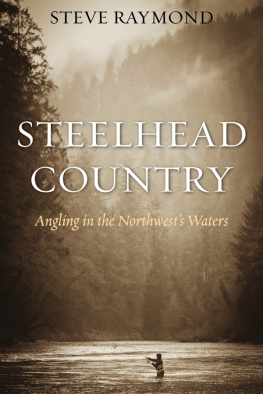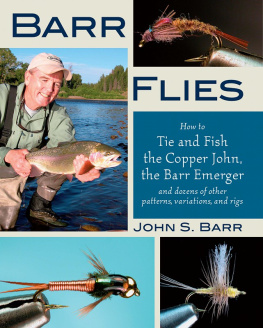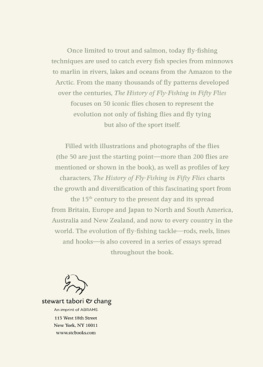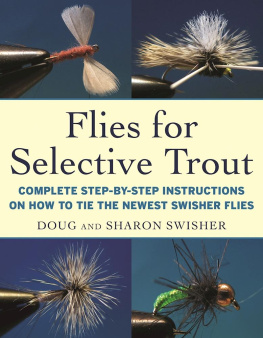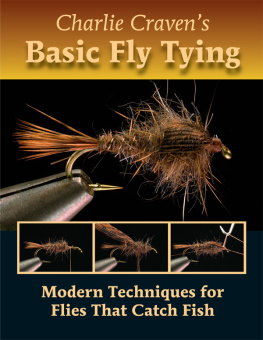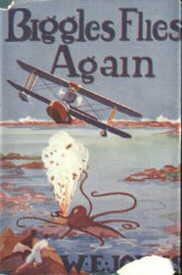B OOKS BY S TEVE R AYMOND
Kamloops: An Anglers Study of the Kamloops Trout
The Year of the Angler
The Year of the Trout
Backcasts: A History of the Washington Fly Fishing Club, 1939-1989
Steelhead Country
The Estuary Flyfisher
Rivers of the Heart
Blue Upright
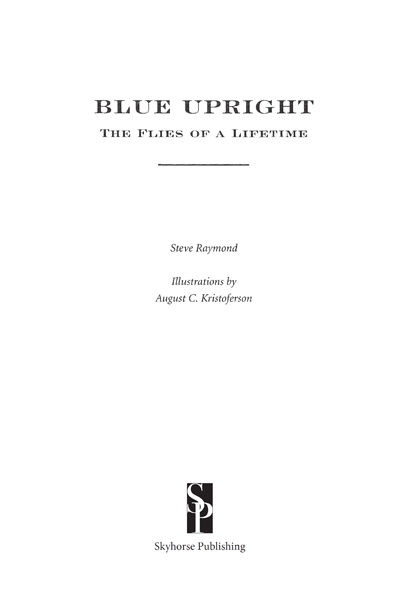
Copyright 2004 by Steve Raymond.
First Skyhorse Publishing edition 2015.
All rights reserved. No part of this book may be reproduced in any manner without the express written consent of the publisher, except in the case of brief excerpts in critical reviews or articles. All inquiries should be addressed to Skyhorse Publishing, 307 West 36th Street, 11th Floor, New York, NY 10018.
Skyhorse Publishing books may be purchased in bulk at special discounts for sales promotion, corporate gifts, fund-raising, or educational purposes. Special editions can also be created to specifications. For details, contact the Special Sales Department, Skyhorse Publishing, 307 West 36th Street, 11th Floor, New York, NY 10018 or info@skyhorsepublishing.com.
Skyhorse and Skyhorse Publishing are registered trademarks of Skyhorse Publishing, Inc., a Delaware corporation.
Visit our website at www.skyhorsepublishing.com.
10 9 8 7 6 5 4 3 2 1
Library of Congress Cataloging-in-Publication Data is available on file.
Cover design by Stephanie Doyle
Print ISBN: 978-1-63220-516-2
Ebook ISBN: 978-1-63220-894-1
Printed in the United States of America
for Aileen
who caught her first fish June 21, 2002
(with a little help from her grandpa)
Special thanks to Richard B. (Dick) Thompson of Ellensburg, Washington, for relating the history of the TDC fly pattern, to Jerry Doak of Doaktown, New Brunswick, for sharing the results of his research into the history of the Green Machine, and to August C. Kris Kristoferson, whose illustrations of my flies look better than the real thing.
C ONTENTS

P REFACE

I MITATION IS THE SINCEREST FORM of fly fishing. To take fur, feathers or synthetic materials, each lifeless and inanimate by itself, and blend them together to create the image of a living insect is doubtless art in one of its highest forms. It requires imagination and skill, creativity and discipline, patience and vision.
As in other kinds of art, some people excel at this. I admit readily that I am not one of them. For several reasons, including lack of patience, proper training and manual dexterity, the flies that emerge from my vise have never been the sort worth framing and hanging on the wall. But I dont tie flies for that purpose; I tie them because it gives me pleasure and because I need them to catch fish.
I live in a house full of flies: Flies for trout and steelhead, flies for Atlantic and Pacific salmon, flies for bonefish and other saltwater species, flies for rivers, lakes, beaver ponds, estuaries and the open sea. I have flies framed on the walls, flies in boxes of all kinds, flies in paintings and photographs, and flies stuck in the lambs wool patches of several fishing vests hanging in my closet. The best onesthose in the frames and photographsare the work of other tyers whose capabilities far exceed my own. The rest are mostly flies I tied myself, for fishing. When I contemplate their number and variety, I am astounded at the enormous investment of time they represent, exceeded only by the amount of time I have actually spent fishing them. Together, these activitiestying flies and fishing themaccount for a major portion of my life. I am fortunate, for I cannot think of a better way to have spent the time.
I taught myself to tie flies, undoubtedly the main reason my dressings have never achieved artistic quality. My only sources of help were a couple of old books that were already badly out of date by the time I read them. As a result, the techniques I learned were obsolete and the habits I developed were grossly inefficient. By the time I realized this it was too late to do anything about it; when I tried to learn modern methods and the use of modern tools, it was more difficult than trying to start all over again. My old methods and habits were ingrained too deeply to be changed, so I still tie flies the way I always have.
The result is that the products of my tying vise are no closer now to perfection than they ever have been. No matter how diligently I try to make them right, my flies always turn out a little off center, a little out of proportion, or with stray hackle fibers sticking out where they dont belong. Sometimes they come unraveled while Im casting, and when I retrieve the fly Ill discover its missing some vital piece or part.
Despite all these shortcomings, I still greatly enjoy the experience of tying fliesand fishing them. Fortunately, the imperfections of my patterns have never been a deterrent to the fish I seek. Trout, steelhead, bonefish, salmon and other species have always responded well to my slightly cockeyed patterns, and its their approval that really counts.
The fly patterns in this book are among those that have served me most faithfully over the years, the favorite flies of a long angling life. A few are widely known; their names will be instantly recognizable to anglers everywhere. A few others are relatively unknown outside the Pacific Northwest, where I live and do most of my fishing; perhaps this book will help them gain wider appreciation. Others are my own patterns, which I use alone or share with a few fishing friends. It is not my purpose to urge them upon a wider audience; rather, I hope they might stimulate ideas in the minds of other tyers, notions they can incorporate in their own dressings or adapt for use on their own waters.
For me, these flies also are objects of treasured memory. Each time I open a fly box and see an old Carey Special, a battered Skunk, or a beat-up Salmon Candy, it reminds me of familiar faces and favorite places, of incidents funny or sad, of memorable fish and memorable days of fishing. Sometimes the colors of the flies have faded, but they still evoke vivid images of anglers who have passed through my life, of things they said or did, of time we spent together on the water. All this history, and more, is somehow bound up in the combination of fur, feather, tinsel and thread wrapped around the shank of each hook.
If a fly is supposed to represent life, then these flies represent the memories of my fishing life. Now it is my pleasure to share some of these flies and some of those memories with you.
Steve Raymond
Clinton, Washington
1
C AREY S PECIAL


Hook: No. 4-8
Thread: Black or olive
Tail: None
Body: Olive chenille
Hackle: Two or three turns of brown pheasant rump (One of many modern versions)
C OLONEL C AREY WAS FRUSTRATED . The Kamloops trout in Arthur Lake were feeding avidly on dragonfly nymphs, but when the Colonel looked through his fly assortment he could not find a good imitation.

